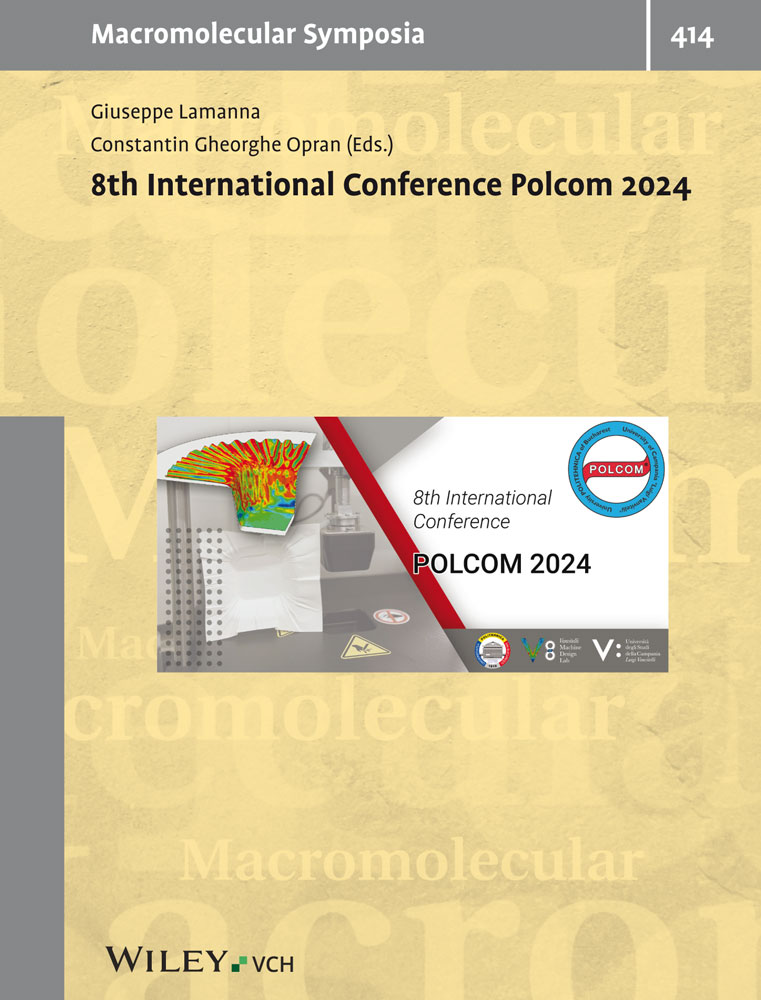A polyelectrolyte bearing metal ion receptors and electrostatic functionality for layer-by-layer self-assembly
Abstract
A polyelectrolyte (BiPE) containing bipyridine ligands as metal ion receptors and quaternary ammonium groups is described, which can be assembled via electrostatic interactions or metal ion coordination. Electrostatic layer-by-layer self-assembly of BiPE with sodium poly(styrene sulfonate) (PSS) as oppositely charged component results in striated multilayers. The BiPE/PSS multilayers can reversibly bind and release transition metal ions including Fe(II), Ni(II), and Zn(II). Formation of 2-D arrays of metallo-units is achieved by μ-contact stamping transition metal salts onto the BiPE/PSS interface. Also, multilayers of BiPE are readily assembled through metal ion coordination. Due to the reversible nature of metal ion coordination, exposure of the multilayers to EDTA causes instant disassembly of the layer, a property needed to implement stimulus triggered release functions. The importance of metal ion coordination for multilayer formation is demonstrated by force-distance curves measured with AFM.




